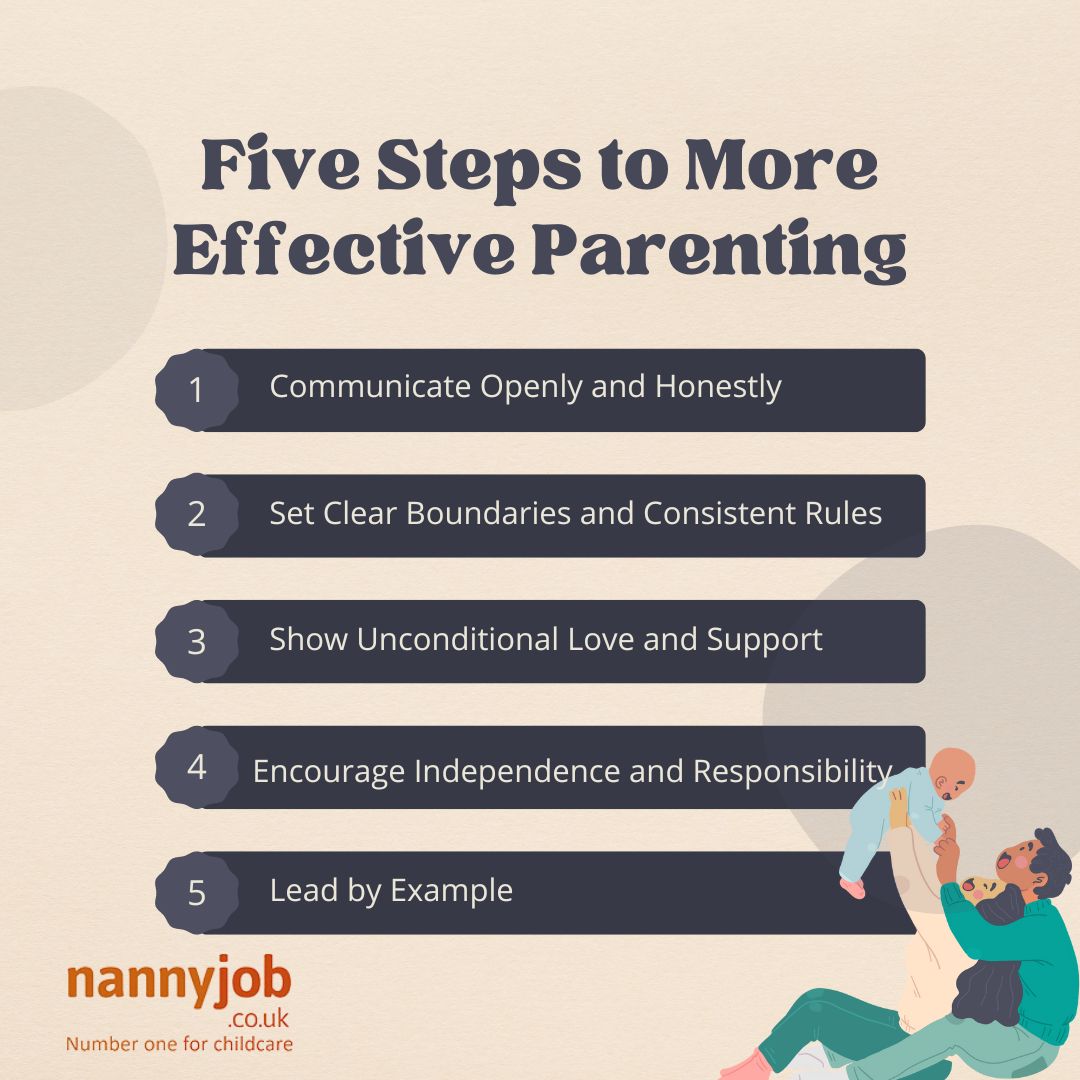Introduction
Choosing the right childcare option is a significant decision for any family, and finding the best fit can feel overwhelming with so many choices available. Whether you need care for a few hours, a full-time solution, or someone to provide specialized attention, understanding the different types of childcare can help you make an informed decision. Here’s a guide to some of the most common childcare options and what might make each one the right fit for your family.
1. Nanny
What They Do: A nanny typically provides in-home care, focusing on one family’s needs and routines. Nannies can work full-time, part-time, or live-in, and they often help with a child’s daily needs, education, and activities. Some nannies also assist with light household duties related to the children, like meal prep and laundry.
Ideal For: Families seeking individualized care and consistency for their children. Nannies are also a great option for parents with demanding work schedules or those who prefer a flexible, tailored childcare arrangement.
Pros:
- Personalised attention
- Flexibility with hours and routines
- Care in the child’s familiar home environment
Cons:
- Higher cost compared to group settings
- Limited social interaction with other children (unless arranged through playgroups)
2. Childminder
What They Do: A childminder cares for a small group of children in their own home. Childminders in the UK are usually registered with Ofsted and follow the Early Years Foundation Stage (EYFS) standards, offering structured activities, social interaction, and outdoor play.
Ideal For: Parents looking for a home-like environment with opportunities for socialisation in a smaller, more intimate setting. Childminders can be a good option for families who value a more personal approach but prefer a more budget-friendly alternative to a nanny.
Pros:
- Smaller, home-based setting with a mix of structured activities and free play
- Social interaction in a more intimate environment
- Often more affordable than a nanny
Cons:
- Less flexibility with hours than a nanny
- May not provide as individualised care as a nanny
3. Nursery or Daycare Centre
What They Do: Nurseries or daycare centres offer care for children in a group setting. They are typically divided by age groups and follow a structured curriculum that incorporates play, early learning, and social activities. Many nurseries in the UK operate according to EYFS guidelines.
Ideal For: Families seeking a structured, social environment where children can learn and play with others. Nurseries can be beneficial for children who thrive in a routine and enjoy group activities.
Pros:
- Opportunities for socialisation and early education
- Structured activities that promote development
- Licensed and regulated environments with trained staff
Cons:
- Less flexibility with schedules (specific hours or half/full-day options)
- Higher child-to-adult ratios compared to one-on-one care
4. Au Pair
What They Do: An au pair is a young person from another country who lives with a family and provides childcare in exchange for room, board, and a small stipend. Au pairs often help with child-related duties and may assist with light household tasks.
Ideal For: Families interested in cultural exchange or who need flexible, live-in support. Au pairs are typically suitable for families who don’t need intensive, professional childcare but would benefit from extra hands around the home.
Pros:
- Affordable live-in option with flexible hours
- Exposure to different languages and cultures for children
- Can be a valuable support for school drop-offs, pickups, and light childcare
Cons:
- Limited experience in professional childcare
- Shorter-term arrangement (usually 6-12 months)
- May require more guidance and training
5. Playgroup or Preschool
What They Do: Playgroups and preschools are group-based, part-time programs that introduce young children to a structured learning and social environment. They typically operate a few hours per day and focus on play-based activities, early learning, and socialisation.
Ideal For: Families who don’t need full-time childcare but want a structured, educational environment for their children to develop social and early learning skills.
Pros:
- Provides structured early learning and socialisation
- Ideal for preparing children for primary school
- Flexible, part-time schedule (often a few hours a day)
Cons:
- Limited hours may not suit families needing full-time care
- Child-to-adult ratio can be higher than one-on-one options
6. After-School Clubs and Holiday Clubs
What They Do: After-school and holiday clubs provide care for school-aged children outside of school hours, often including various activities like sports, arts, and homework help. They are typically held at schools or community centres.
Ideal For: Working parents needing care for school-aged children outside of school hours. After-school and holiday clubs offer an affordable and social childcare option.
Pros:
- Affordable and convenient for school-aged children
- Provides social interaction and structured activities
- Helps bridge the gap between school hours and parent work schedules
Cons:
- Limited hours (only available outside of school hours or term-time)
- Less personal, one-on-one attention compared to other forms of care
7. Family Member Care
What They Do: Some families opt for childcare provided by a trusted family member, such as a grandparent. This arrangement is often informal, flexible, and varies widely based on family agreements.
Ideal For: Parents who prefer a familiar, trusted caregiver and who have a family member available to help regularly.
Pros:
- Familiar, trusted care in a home environment
- Flexible hours and arrangements
- Often low or no cost
Cons:
- May not provide a structured, educational environment
- Can sometimes blur boundaries if expectations aren’t clearly communicated
Choosing the Right Option for You
When deciding which childcare option is best, consider the following factors:
- Your Schedule: Do you need full-time, part-time, or flexible care? A nanny may be best for flexibility, while a nursery can work well for set hours.
- Budget: Childcare costs vary widely. Nannies tend to be more costly, while childminders or family care may be more budget-friendly.
- Your Child’s Needs: Consider your child’s temperament and development. Some children thrive in social environments like nurseries, while others may benefit from the one-on-one attention of a nanny.
- Your Values: Think about your family’s preferences for educational content, socialization, and cultural exposure. A nanny might provide more personalized care, while an au pair offers a cultural exchange experience.
Conclusion
Choosing childcare is about finding the right fit for your family’s unique needs, schedule, and values. Whether you prefer the personalised attention of a nanny, the structured environment of a nursery, or the flexibility of an au pair, there’s a childcare option that’s right for you. Taking the time to consider what’s important for your child’s growth and your family’s lifestyle will help you make a choice you feel confident in.









